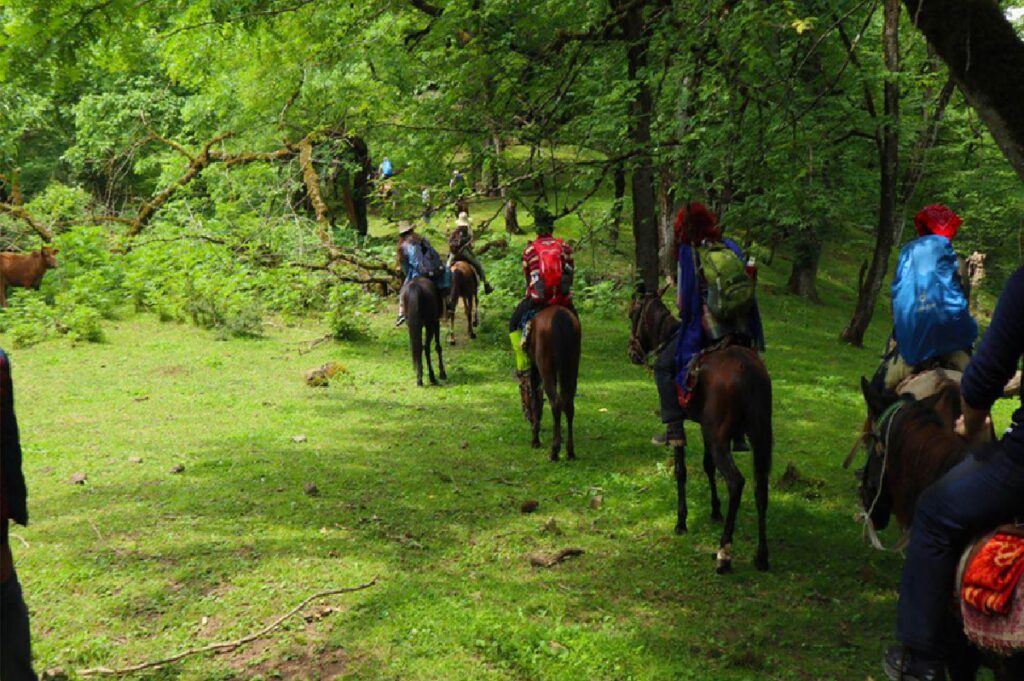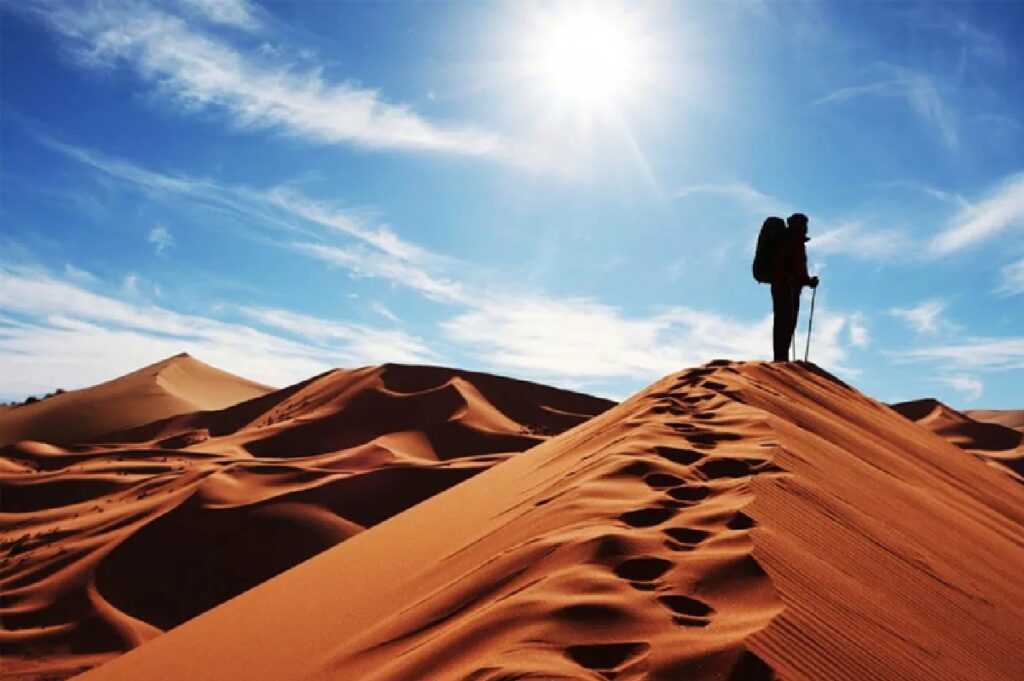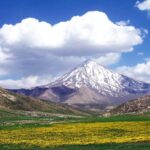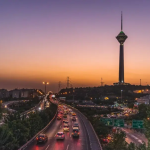Located in the heart of Iran, the Maranjab Desert is a stunning expanse of sand dunes, salt flats, and rocky outcrops that offers visitors a unique opportunity to explore the natural beauty and diverse ecology of central Iran. With its unique landscape and rich cultural history, the Maranjab Desert is a must-visit destination for anyone interested in desert exploration, nature conservation, or cultural tourism.
Geology and geography of Maranjab Desert
The Maranjab Desert is located in the central part of Iran, near the city of Kashan. The desert covers an area of approximately 1,500 square kilometers and is characterized by a combination of sand dunes, salt flats, and rocky outcrops. The region is known for its unique geology, which includes sedimentary rocks, volcanic rocks, and sandstone formations.
The desert is home to several prominent features, including the Maranjab Caravanserai, a historic building that served as a stopover for caravans traveling along the Silk Road, and the Maranjab Salt Lake, a large salt flat that is home to several species of migratory birds.
Flora and fauna
Despite its harsh and arid environment, the Maranjab Desert is home to a remarkable diversity of flora and fauna. The region is known for its hardy desert plants, including several species of acacia and tamarisk trees, which are adapted to survive in extreme desert conditions.
The desert is also home to several species of desert animals, including the Asiatic cheetah (Acinonyx jubatus venaticus), the Persian onager (Equus hemionus onager), and the goitered gazelle (Gazella subgutturosa). Other notable wildlife in the area include desert foxes, sand cats, and several species of birds of prey.
History and culture of Maranjab Desert
The Maranjab Desert has a rich cultural history that dates back thousands of years. The area was once an important stopover along the Silk Road, the ancient trade route that connected China with the Mediterranean.
Maranjab Desert exploration
The Maranjab Desert offers visitors a unique opportunity to explore the natural beauty and diverse ecology of central Iran. The desert is home to several hiking and trekking routes, ranging from easy walks to challenging multi-day treks. Visitors can also explore the desert by camel, which is a popular mode of transportation in the region. Take part in our guided tours to the Maranjab Desert, providing you a nice visit with a deeper understanding of the desert’s history and culture, wildlife, flora, and fauna,…
One of the most popular destinations in the desert is the Maranjab Caravanserai, which dates back to the 17th century and served as a stopover for caravans traveling along the Silk Road. The building has been restored and is now open to visitors, offering a glimpse into the region’s rich cultural history.
Attractions in Maranjab Desert
The Maranjab Desert is home to several attractions that are worth exploring. Here are some of the most popular ones:
Maranjab Caravanserai
This historic building served as a stopover for caravans traveling along the Silk Road. The caravanserai dates back to the 17th century and has been restored and is now open to visitors. It’s a great place to learn about the region’s rich cultural history and architecture.
Aran and Bidgol Salt Lake
This large salt flat is home to several species of migratory birds and is a great place for birdwatching. The area is also known for its stunning sunsets, which reflect beautifully on the salt flat.
Sand dunes
The Maranjab Desert is known for its high sand dunes, which offer visitors a unique opportunity to explore the beauty of the desert landscape. The dunes are a popular destination for hiking, trekking, and camel riding.
Tagh Forest
This forest is located in the heart of the desert and provides a beautiful contrast to the arid landscape. The forest is home to several species of desert plants and animals and is a great place for nature walks and birdwatching.
Wandering Island
The Wandering Island is a unique natural phenomenon that appears in the middle of the desert sea, except for one or two months of the year which is visible due to rainfall in the region. The island is surrounded by salt and is a great place for photography.
Rig Shaq
This desert area is located north of Badrud city of Isfahan and is the continuation of the great ridge of Band-e-Rig. The highest sand dunes of Rig East are about 70 meters high and offer visitors a unique opportunity to explore the desert landscape.
Sustainable tourism
The Maranjab Desert is a protected area that is managed by the Iranian Department of Environment. The area is home to several important conservation programs, including efforts to protect and restore the habitat of endangered species, and programs to promote sustainable tourism and natural resource management.
Visitors to the region are encouraged to support these conservation efforts by practicing responsible tourism, including respecting local customs and traditions, minimizing waste, and supporting local businesses. By doing so, visitors can help to ensure the long-term sustainability of the Maranjab Desert and the communities that call it home.
Last word
The Maranjab Desert is a stunning natural wonder that offers visitors a unique opportunity to explore the beauty and diversity of central Iran. With its unique landscape, rich cultural history, and diverse flora and fauna, the desert is a must-visit destination for anyone interested in desert exploration, nature conservation, or cultural tourism. Whether you’re a seasoned traveler or a first-time visitor, the Maranjab Desert is sure to leave a lasting impression on you.
Let us know your ideas and comments about Maranjab desert in the comment box below, we will be happy to hear from you!





















